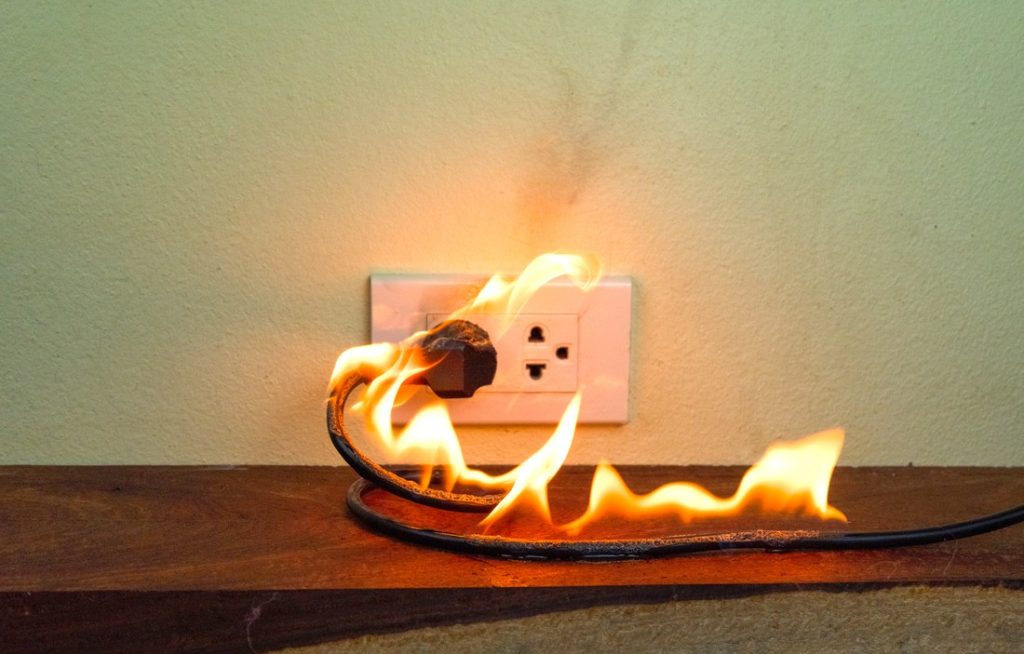
Introduction
Fire damage can have devastating effects on a building’s insulation. Different types of insulation materials can behave differently when exposed to fire, leading to varying levels of damage. Understanding the impact of fire on insulation and implementing effective restoration techniques is crucial for ensuring the safety and structural integrity of a building. In this article, we will explore the different types of insulation commonly used in buildings, how fire can damage them, and the steps involved in addressing fire damage in insulation.
Types of Insulation
Insulation is used in buildings to reduce heat transfer and improve energy efficiency. There are several types of insulation materials commonly used, including:
Fiberglass Insulation
Fiberglass insulation is made of tiny glass fibers and is widely used for thermal insulation. It is highly resistant to fire and does not contribute to its spread. However, direct exposure to flames can cause the fiberglass to melt or disintegrate, diminishing its insulating properties.

Spray Foam Insulation
Spray foam insulation is a mixture of chemicals that expand and harden into a foam-like material. It provides excellent insulation and helps seal air leaks. However, spray foam insulation is flammable and can ignite when exposed to an open flame. The foam can melt and emit toxic gases when burning.
Cellulose Insulation
Cellulose insulation is made from recycled paper and treated with chemicals for fire resistance. It is typically blown into walls, attics, and other cavities. While cellulose insulation is relatively fire-resistant, it can still smolder and contribute to the spread of fire if the source of ignition is sustained.
Mineral Wool Insulation
Mineral wool insulation is made from natural or synthetic minerals, such as rock or slag. It has excellent fire resistance properties and can withstand high temperatures. Mineral wool insulation does not contribute to the spread of fire and can help protect the underlying structure.
Polystyrene Insulation
Polystyrene insulation, commonly known as foam board or expanded polystyrene (EPS), is a lightweight, rigid insulation material. It is highly flammable and can release toxic gases when ignited. Fire can cause polystyrene insulation to melt, collapse, or disintegrate.
Impact of Fire Damage on Insulation
When a fire occurs, the heat, flames, and smoke can have severe consequences for different types of insulation:

- Heat: Intense heat can cause insulation materials to melt, deform, or lose their insulating properties. This can compromise the thermal performance of the building and increase energy consumption.
- Flames: Direct exposure to flames can ignite flammable insulation materials, leading to rapid fire propagation and increased risk of structural collapse.
- Smoke: Smoke can permeate insulation materials, leaving behind soot, odor, and potential health hazards. It can also affect air quality and pose a risk to occupants.
- Moisture: Firefighting efforts can introduce water into the building, leading to moisture issues and potential damage to certain types of insulation, such as cellulose or fiberglass.
Addressing Fire Damage in Insulation
Effective fire damage restoration in insulation involves several steps:
Assessment
A professional fire damage restoration company, such as Houston Restoration Group (281-519-7318), will assess the extent of the damage and determine the appropriate course of action. They will inspect the insulation materials, identify areas of concern, and develop a restoration plan.
Removal of Damaged Insulation
If the insulation is severely damaged or poses a safety risk, it may need to be completely removed. This includes insulation that has been charred, melted, or soaked with water. Proper safety precautions should be taken during the removal process.
Cleaning and Deodorizing
The remaining insulation and affected areas will be thoroughly cleaned to remove soot, smoke residue, and any lingering odors. Specialized cleaning techniques and equipment may be used to ensure a thorough restoration.
Replacement or Reinforcement
Depending on the severity of the damage, the insulation may need to be replaced entirely or reinforced. This ensures the building’s thermal performance is restored and prevents any future issues related to compromised insulation.
Sealing Air Leaks
As part of the restoration process, any air leaks or gaps in the insulation will be addressed to improve energy efficiency and prevent drafts.
Smoke and Odor Removal
Air purification and deodorization techniques may be employed to eliminate residual smoke particles and unpleasant odors. This step is crucial for restoring indoor air quality and creating a safe environment for occupants.
Fire Damage Restoration Experts
When it comes to addressing fire damage in insulation, it is essential to rely on professional fire damage restoration experts, such as Houston Restoration Group. They have the expertise, experience, and tools to effectively restore the insulation and ensure the safety of the building and its occupants. With their comprehensive fire damage restoration services, Houston Restoration Group can handle residential and commercial fire damage restoration projects with efficiency and skill.
For more information about fire damage restoration and other related services, visit Houston Restoration Group.
FAQ
What are the common types of insulation used in buildings?
How does fire damage affect insulation?
Sources:
– Fire Damage Statistics – 2019-2020 Fire Damage and Restoration Data
– Fire Facts | Fire Safety Facts & Statistics | Fire Life Safety
– 10 of the Most Frequently Asked Questions About Fire Damage and Restoration
– NFPA

